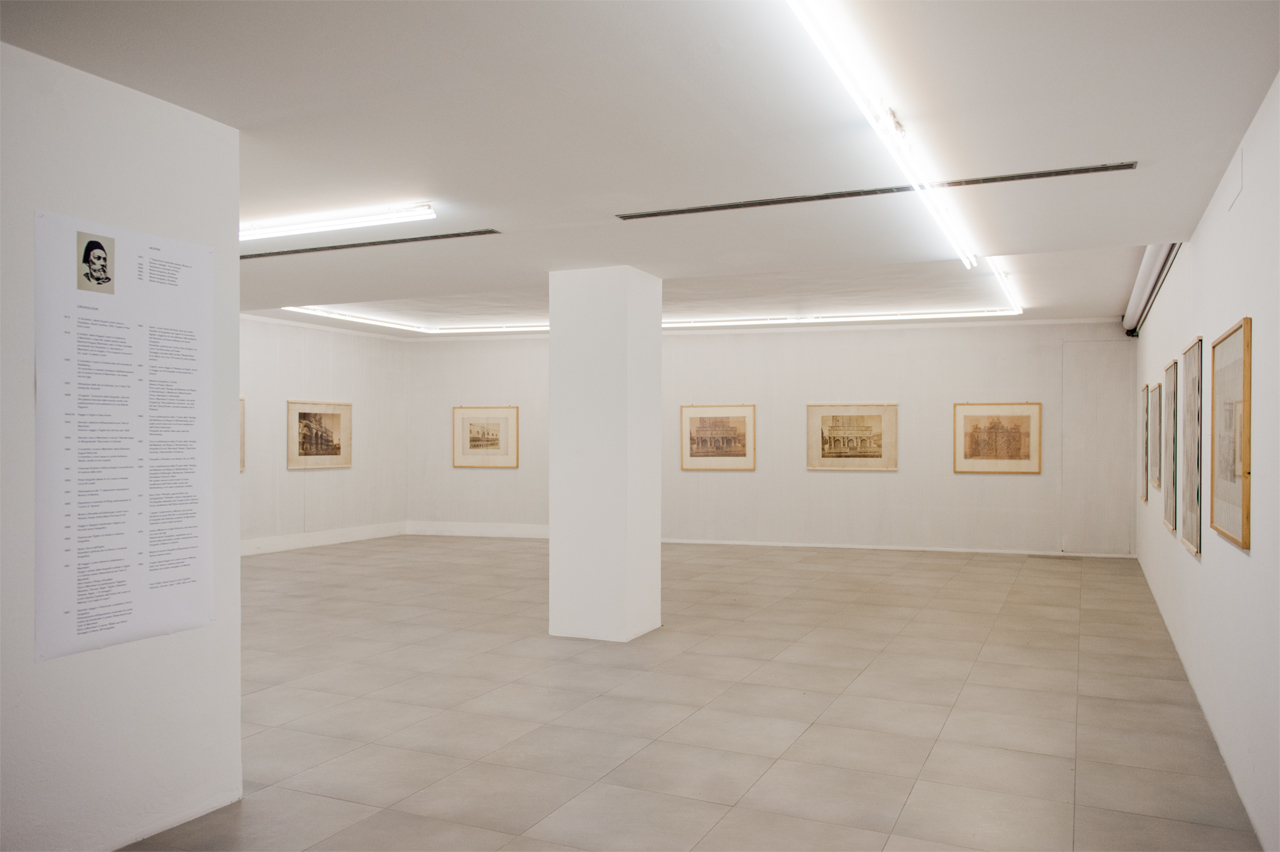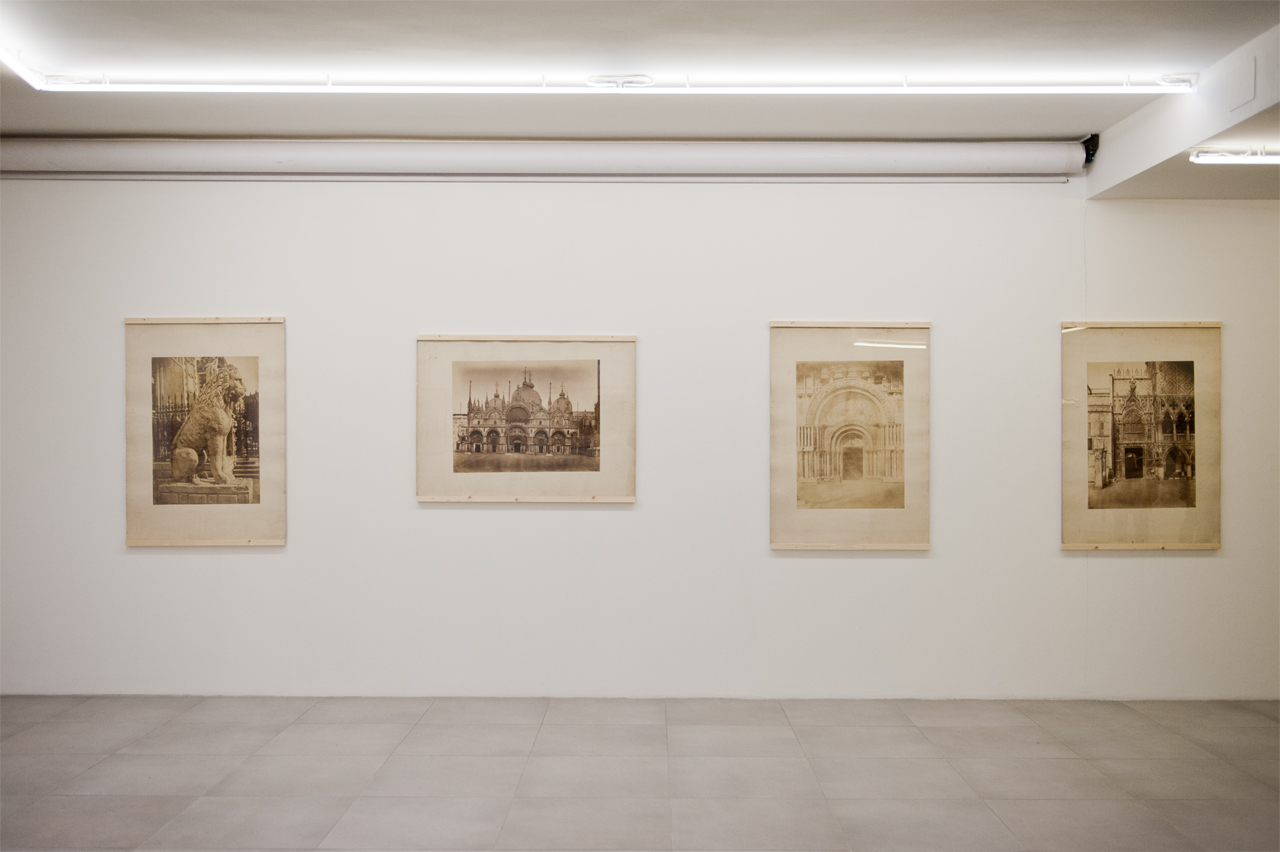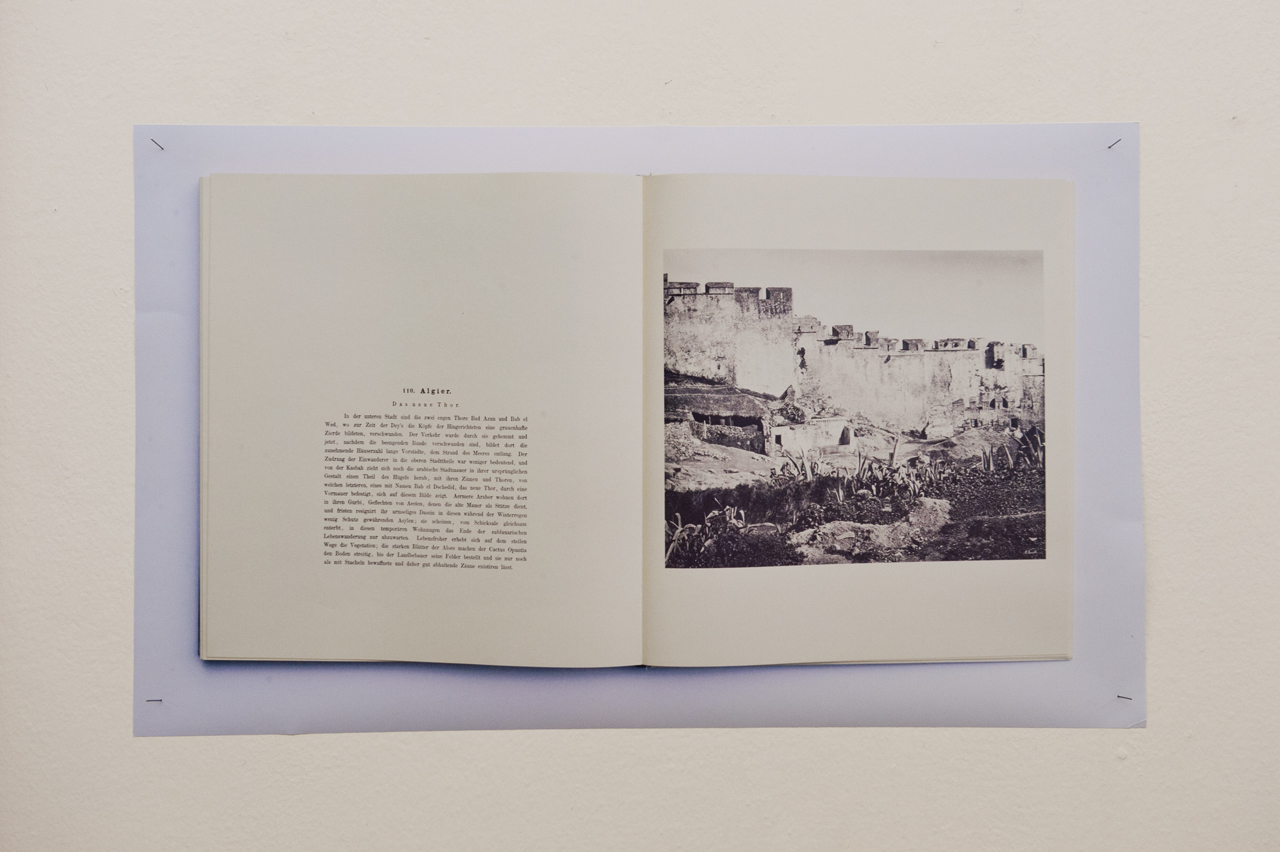Exhibition: Jakob August Lorent – Calotypes 1853-1861
Opening: 25.10.2016, 7 pm
Curated by: Gunther Waibl
Exhibition: 26.10. – 5.12.2016

Jakob August Lorent
Dr. Jakob August Lorent (Charleston, SC, USA 1813-1884 Merano) was one of the earliest travel and architecture photographers. He was one of the first ever to travel with a camera to many Mediterranean countries.

Jakob August Lorent, Algier 1858
Lorent took his journeys in a time when even just getting around and finding accommodation in these countries was an adventure, making it all the more significant that he also brought highly interesting photographs home from these arduous journeys.

Jakob August Lorent, Venezia 1853
From 1853 he stayed in Venice and travelled – together with his camera – through Northern Italy. Trip to southern Spain and Algeria in 1858. 1859-1860 journey through Egypt and Nubia. 1860-1861 Greece, 1862 again Greece. 1863 Rome and southern Italy, then Turkey, Syria and Egypt. 1864 Palestine and again Egypt. 1865 Sicily.

Jakob August Lorent, Athen 1861/62
The purpose of all these trips was to explore the individual countries and take photographs especially of historical buildings, artworks and cities. In this sense, Lorent skilfully combined travel and architecture photography.

Exhibition View: Jakob August Lorent, Calotypes 1853-1861
Lorent was self-taught. He began with photography only 14 years after the first photographic technique (daguerreotype) was announced in Paris. He immediately began with the negative/positive process based on Talbot, which was completely new at the time, namely calotype, more specifically with LeGray’s improvements to the process: here a wax-paper negative was exposed and processed, from which several positive prints could be produced – in those years a real novelty, all the more so as daguerreotypy knew only relatively small, laterally reversed unique prints.

Exhibition View: Jakob August Lorent, Calotypes 1853-1861
But calotype too was extremely complicated: it could take 37 working hours from preparation to shooting the photograph to the positive. The positive prints could only be produced with contact prints at a 1:1 scale with the help of sunlight.

Exhibition View: Jakob August Lorent, Calotypes 1853-1861
In this exhibition you can see a good dozen original photographs from Venice, Algeria and Athens, measuring 33 x 47 cm and 59 x 78 cm. Thus those were also the dimensions of the wax-paper negatives! The camera must have been significantly larger than, for instance, a modern washing machine. In this way you gain a sense of the significance of the photographs, or rather their laborious production process on the journeys referred to. The originals are from the years 1853 to 1861 and are quite a rarity, since only quite few negatives and very few prints from Lorent have been preserved. They are characterised down to the present day by their dimensions, sharp focus, durability and aura.

Exhibition View: Jakob August Lorent, Calotypes 1853-1861
Jakob August Lorent was born in Charleston, South Carolina in the US, but came to Mannheim at the age of five, to an adoptive father of considerable means. He grew up there, and received a doctorate in natural sciences in 1837. There followed the trips mentioned above. He received many prizes and honours for his photographs and publications. After 1865 he turned to local architectural photography in Germany. In 1873 he moved, possibly for health reasons, to Merano. Here too he continued to photograph in Merano and its surroundings. On 9 July 1884, Jakob August Lorent died of pneumonia in Merano.

Exhibition View: Jakob August Lorent, Calotypes 1853-1861

